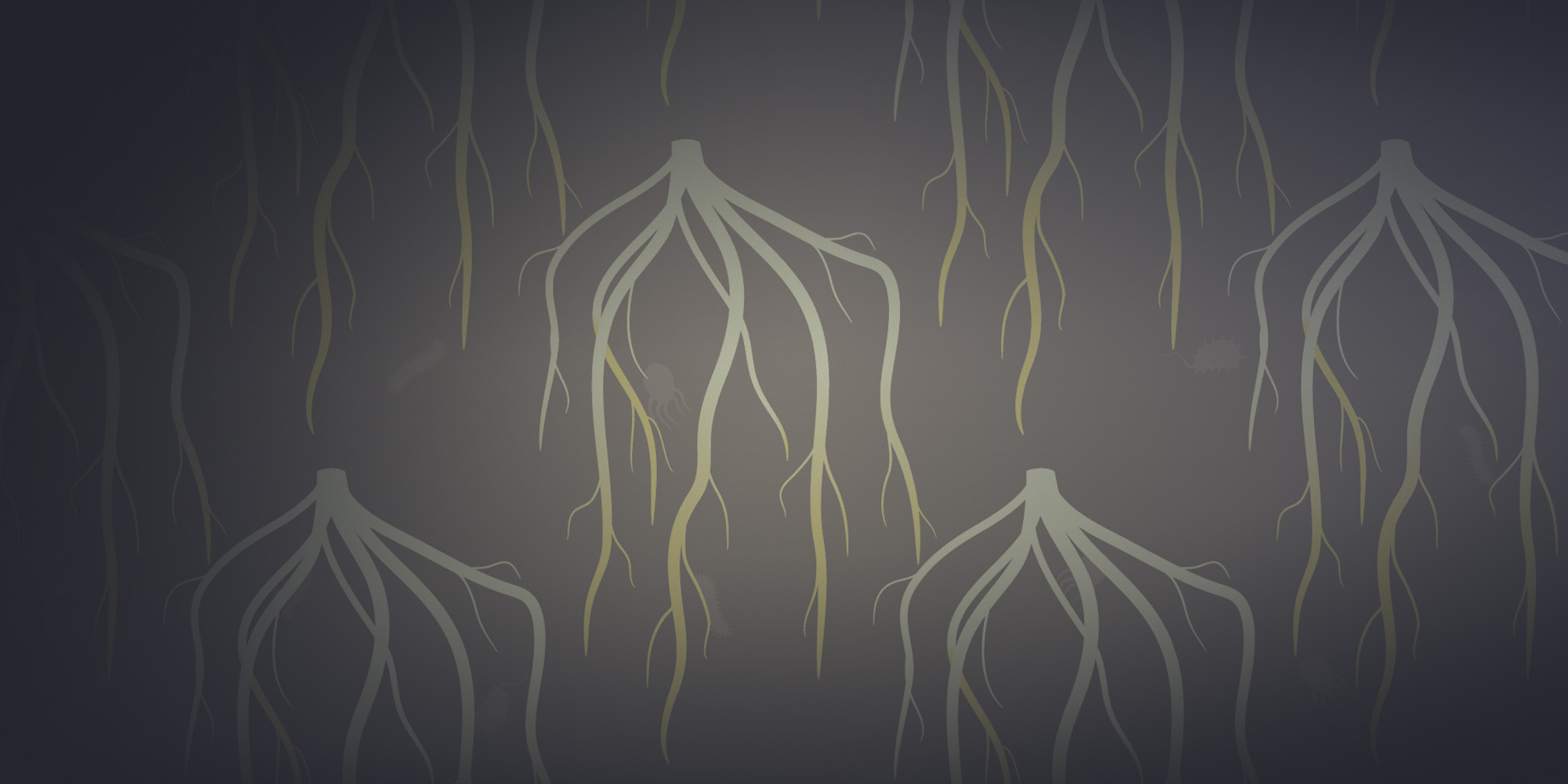Genomics
Institute

Engineering rice varieties for improved photosynthesis, root architecture & exudates
Project Overview
We are using high-throughput approaches to identify promising CRISPR targets to improve photosynthesis and key root characters with the the goal of removing and fixing increased amounts of CO2 from the atmosphere.
Plant photosynthesis is the major flux removing CO2 from the atmosphere, which could, if harnessed, form the basis of large-scale atmospheric CO2 removal technology. We and others have shown that photosynthesis in crop plants is suboptimal and can be improved through changes in gene activity in order to capture and sequester more carbon. Our work is leveraging previous successful efforts to optimize photosynthesis, by expanding on the repertoire of genes that can be exploited in both light reactions and carbon concentrating mechanisms.
Roughly half of the carbon fixed through plant photosynthesis is deposited by roots into the soil. Root architecture as well as root exudates (including organic acids, sugars, amino acids and other small molecules secreted from the root), shape the identity and functional capacities of soil microbiota. The photosynthetic gains made above will be partitioned to below ground through engineering improved root systems.
Read more about the IGI's overall work on using CRISPR for carbon removal.